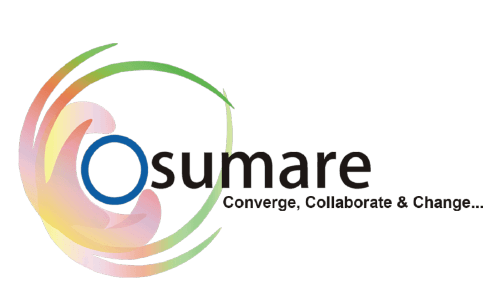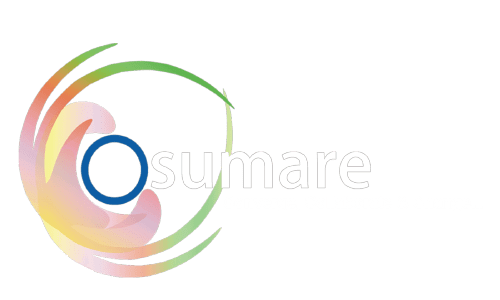Driving traffic to your website is only half the battle. The real win lies in converting that traffic into leads, sales, or desired actions. Your website conversion rate—the percentage of visitors who take a desired action—can make or break your digital success. Whether you’re running an e-commerce site, a SaaS platform, or a service-based business, optimizing for conversions should be at the heart of your online strategy.
Here are 9 expert-backed tips to help you improve your website’s conversion rate effectively.
Also Read: 4 Smart Tactics For Advanced Google Ads Audience Targeting
1. Simplify Your Website Design
A cluttered or confusing website can overwhelm visitors and push them away. Minimalistic design with clear navigation helps users find what they need quickly. Remove unnecessary elements and keep the focus on your value proposition.
Tip: Use plenty of white space, concise copy, and clear call-to-action (CTA) buttons. Make sure your CTA stands out visually and is placed strategically throughout the page.
2. Improve Your Page Load Speed
According to Google, 53% of mobile users leave a site that takes more than 3 seconds to load. Slow websites don’t just frustrate users—they kill conversions.
How to fix it:
Compress images
Minimize code (CSS, JavaScript)
Use reliable hosting
Implement caching
Use tools like Google PageSpeed Insights or GTmetrix to test your site’s performance and get suggestions.
3. Use Clear and Compelling CTAs
A call-to-action is the gateway to conversions. Yet, many websites still rely on generic CTAs like “Click Here” or “Submit.” Instead, create action-oriented CTAs that speak directly to the user’s needs.
Examples:
“Start My Free Trial”
“Get My Discount”
“Download the Free Guide”
Place CTAs above the fold and repeat them contextually throughout your site.
4. Leverage Social Proof
People trust people. Adding testimonials, case studies, reviews, or logos of clients you’ve worked with can dramatically boost credibility and trust.
Ways to use social proof:
Customer testimonials with photos
Google or Trustpilot reviews
User-generated content
Statistics (e.g., “Join 10,000+ happy customers”)
Social proof reduces perceived risk and reassures users they’re making the right choice.
5. Optimize for Mobile Users
More than 60% of global web traffic comes from mobile devices. If your website isn’t mobile-friendly, you’re leaving money on the table.
Checklist for mobile optimization:
Responsive design that adapts to all screen sizes
Large buttons for easier tapping
Simplified forms
Fast-loading mobile pages
Use Google’s Mobile-Friendly Test to evaluate your mobile site performance.
6. A/B Test Everything
Assumptions can be expensive. A/B testing allows you to test two versions of a web page or element (like a headline, CTA, or image) to see which performs better.
What to A/B test:
Headlines and subheadlines
CTA button text and color
Product descriptions
Images or videos
Pricing displays
Tools like Optimizely, VWO, or Google Optimize can make A/B testing seamless.
7. Create Targeted Landing Pages
Instead of driving all traffic to a generic homepage, build specific landing pages for different campaigns, audiences, or products. This ensures relevance and improves user experience.
Tips for effective landing pages:
Focus on a single goal or offer
Use persuasive headlines and benefit-driven copy
Include testimonials or proof
Have a clear and compelling CTA
A highly targeted landing page can double or triple your conversion rate compared to a general page.
8. Offer Live Chat or Chatbots
Many users abandon websites simply because they have questions and can’t find answers quickly. Live chat and AI-powered chatbots can address concerns in real time and guide users toward conversion.
Benefits of chat support:
Instant customer support
Personalized user engagement
24/7 availability with bots
Lead qualification through conversation
Make sure your chat feature is non-intrusive and easy to access.
9. Simplify Your Forms
Long, complicated forms are a major turn-off. Whether it’s a sign-up form or a checkout page, reducing friction can significantly boost conversions.
Form optimization tips:
Only ask for essential information
Use dropdowns and auto-fill features
Break long forms into multiple steps (multi-step forms)
Provide error messages in real-time
Remember: each extra field is a potential drop-off point.
Final Thoughts
Improving your website conversion rate is a continuous process of testing, refining, and understanding your audience. Start with the basics—fast load times, clean design, strong CTAs—and gradually layer on advanced strategies like A/B testing, live chat, and personalized landing pages.
Even a small bump in conversion rate can lead to significant gains in revenue and ROI. Instead of just focusing on getting more traffic, focus on converting more of the traffic you already have. That’s the smarter, more sustainable way to grow online.
Need help optimizing your website? Whether you’re just getting started or looking to scale, conversion rate optimization (CRO) can make all the difference. Let’s discuss how to turn your site into a conversion machine.

